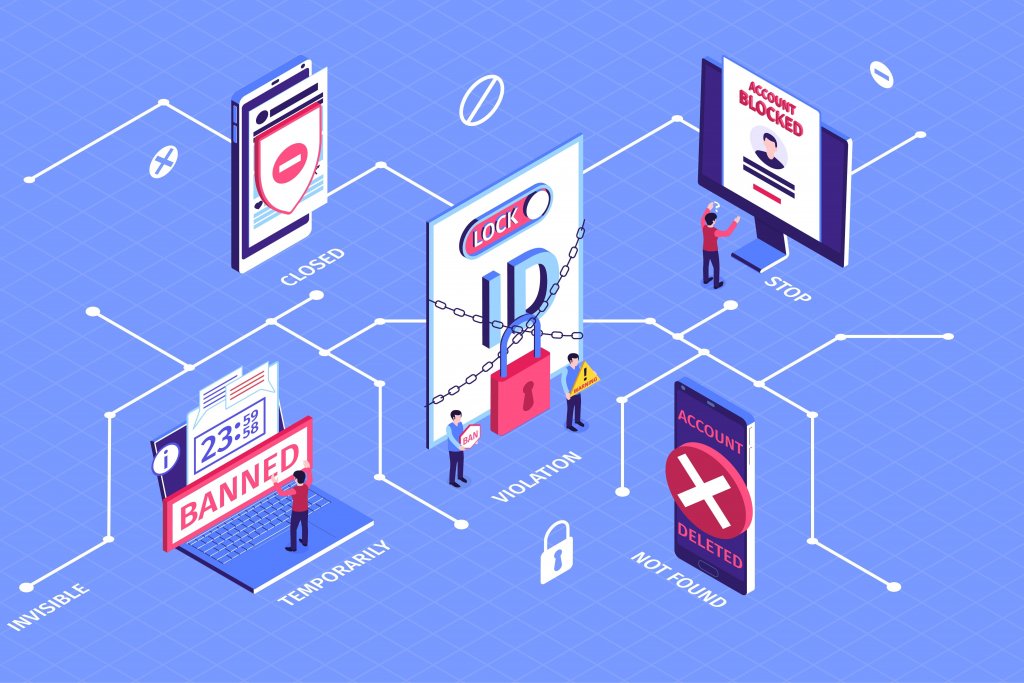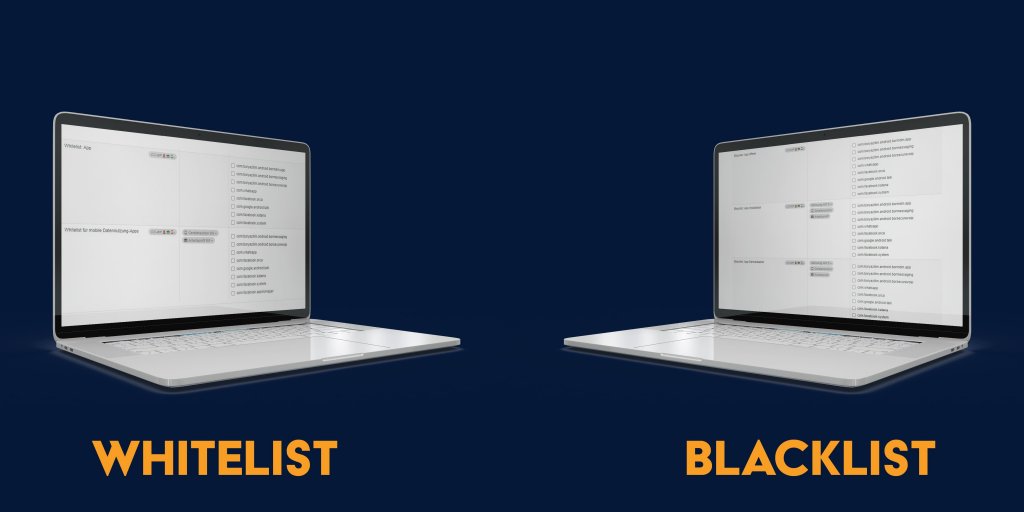With the increase in digitalization and working from home, cyber attacks on devices have also accelerated. Spam emails, unsecured internet connections and the lack of security strategies of many software programs threaten both personal and company information. But the way to prevent this is simple: Preparing Whitelists and Blocklists!
A blocklist is a list of items such as IP addresses or websites that are blocked or prohibited. They are often used to filter out unwanted or malicious content, such as spam emails or phishing websites. When something is added to a blocklist, it is generally prevented from being accessed or used. In a similar way, a network administrator may use a blocklist to block access to certain websites. This could be used to prevent employees from accessing inappropriate or distracting websites while at work, or to protect against malware or other malicious content.
A whitelist, on the other hand, is a list of items that are approved or allowed. While blocklists are used to block certain items, whitelists are used to allow only certain items. For example, a company may maintain a whitelist of approved websites that employees are allowed to access while at work. This can help with preventing employees from accessing inappropriate or distracting content during working hours.
This means in summary that a whitelist allows a limited amount of websites and/ or applications, while everything else is by default not allowed. According to that, a blocklist works just the opposite.


